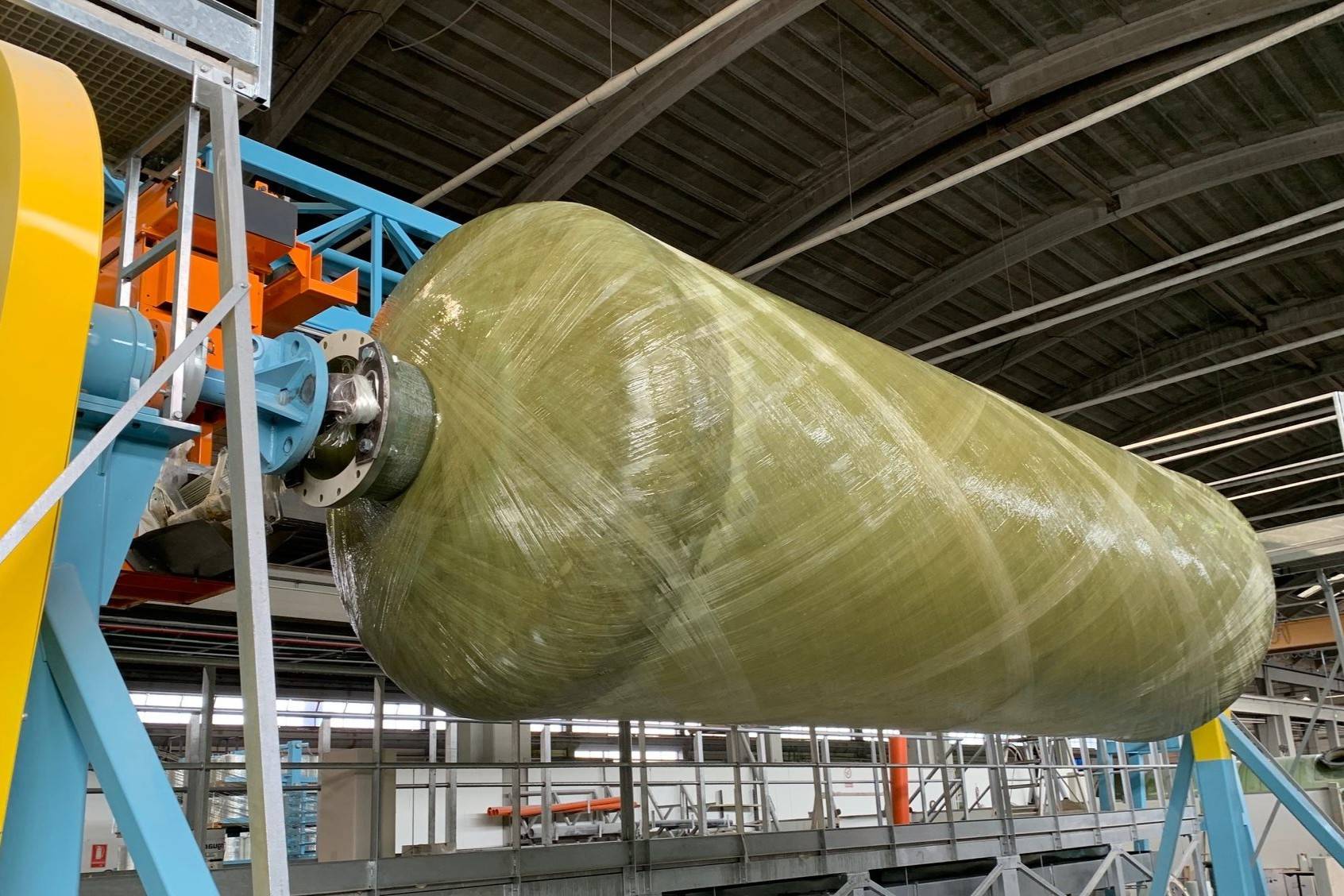
Filament winding is a fascinating process used in manufacturing strong, lightweight structures. Ever wondered how those sleek carbon fiber bike frames or robust rocket casings are made? Filament winding is the answer. This technique involves winding resin-soaked fibers around a rotating mandrel, creating layers that harden into incredibly durable shapes. It's not just for high-tech industries; even everyday items like fishing rods and pressure vessels benefit from this method. Curious about the details? We've gathered 25 intriguing facts that will give you a deeper understanding of this innovative process. Get ready to be amazed by the world of filament winding!
What is Filament Winding?
Filament winding is a fascinating manufacturing process used to create strong, lightweight structures. This technique involves winding filaments, typically made of materials like carbon fiber or fiberglass, around a rotating mandrel. The result is a composite material with impressive strength-to-weight ratios. Let's dive into some intriguing facts about filament winding.
-
Filament winding is widely used in aerospace, automotive, and marine industries due to its ability to produce high-strength, lightweight components.
-
The process can create complex shapes, including cylinders, spheres, and even custom geometries, making it versatile for various applications.
-
Filament winding dates back to the 1940s when it was first used to manufacture rocket motor casings.
-
The filaments used in this process are typically impregnated with resin, which hardens to form a solid composite material.
-
Carbon fiber, fiberglass, and aramid fibers are the most common materials used in filament winding due to their high strength and low weight.
The Filament Winding Process
Understanding the steps involved in filament winding can help appreciate its complexity and precision. Here are some key aspects of the process:
-
The mandrel, or the form around which filaments are wound, can be made from various materials, including metal, plastic, or even dissolvable substances.
-
Filaments are wound around the mandrel in precise patterns, often controlled by computer programs to ensure accuracy.
-
The angle at which filaments are wound, known as the winding angle, can be adjusted to optimize the strength and stiffness of the final product.
-
After winding, the composite material is typically cured in an oven or autoclave to harden the resin and solidify the structure.
-
Once cured, the mandrel is removed, leaving behind a hollow, lightweight, and strong composite structure.
Applications of Filament Winding
Filament winding's versatility makes it suitable for a wide range of applications. Here are some notable uses:
-
In the aerospace industry, filament winding is used to manufacture rocket motor casings, fuel tanks, and structural components for spacecraft.
-
The automotive industry employs filament winding to create lightweight drive shafts, pressure vessels, and suspension components.
-
Filament-wound composite pipes are commonly used in the oil and gas industry due to their corrosion resistance and high strength.
-
Wind turbine blades often utilize filament winding to achieve the necessary strength and durability while keeping weight to a minimum.
-
The marine industry benefits from filament winding in the construction of masts, hulls, and other structural components for boats and ships.
Advantages of Filament Winding
Filament winding offers several benefits that make it a preferred manufacturing method for many industries. Here are some of its advantages:
-
The process allows for precise control over the placement and orientation of filaments, resulting in optimized strength and stiffness.
-
Filament winding can produce components with a high strength-to-weight ratio, making them ideal for applications where weight is a critical factor.
-
The ability to create complex shapes and custom geometries provides design flexibility and enables the production of tailored solutions.
-
Filament-wound composites exhibit excellent resistance to corrosion, chemicals, and environmental factors, ensuring long-lasting performance.
-
The automated nature of filament winding reduces labor costs and increases production efficiency, making it a cost-effective manufacturing method.
Challenges and Limitations
Despite its many advantages, filament winding also has some challenges and limitations. Here are a few to consider:
-
The initial setup cost for filament winding equipment can be high, making it less accessible for small-scale production.
-
The process requires precise control and expertise to ensure consistent quality and avoid defects in the final product.
-
Filament winding is best suited for producing hollow or tubular structures, limiting its applicability for certain types of components.
-
The curing process can be time-consuming, especially for large or complex structures, which may impact production timelines.
-
Recycling filament-wound composites can be challenging due to the combination of different materials and the curing process, posing environmental concerns.
The Final Spin
Filament winding is a fascinating process that combines engineering and creativity. From its origins in the aerospace industry to its current applications in everything from sporting goods to renewable energy, this technique has proven its versatility. The method involves winding fibers around a mandrel, creating strong, lightweight structures that can withstand significant stress.
Understanding the basics of filament winding, such as the types of fibers used and the different winding patterns, can offer valuable insights into its potential. Whether you're an engineer, a designer, or just someone curious about advanced manufacturing, knowing these facts can broaden your perspective.
So next time you see a high-performance bike frame or a wind turbine blade, you'll know a bit more about the incredible process that made it possible. Filament winding isn't just a manufacturing technique; it's a blend of science and art.
Was this page helpful?
Our commitment to delivering trustworthy and engaging content is at the heart of what we do. Each fact on our site is contributed by real users like you, bringing a wealth of diverse insights and information. To ensure the highest standards of accuracy and reliability, our dedicated editors meticulously review each submission. This process guarantees that the facts we share are not only fascinating but also credible. Trust in our commitment to quality and authenticity as you explore and learn with us.
